Model no#PAD-3255-2.1

Price: BDT-15,000.00
Class D Amplifier
(Sold Out)
Model No#PAT-FU29-LY

Price – BDT.32,000.00
Tube Amplifier
(Ready Stock)
Model no#LM1875BHX-ZJ
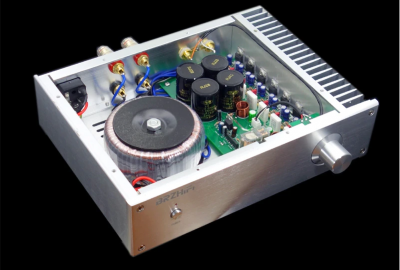
Price: BDT-25,000.00
Power Amplifier
(Ready Stock)
Model#PA-M1875
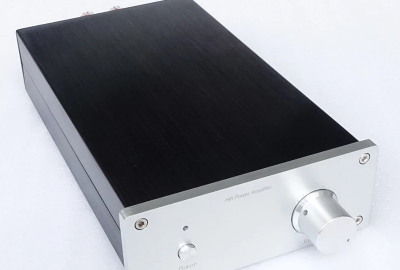
Price: BDT-15,000.00
Power Amplifier
(Sold Out)
Model No#PAP-BS-L1B
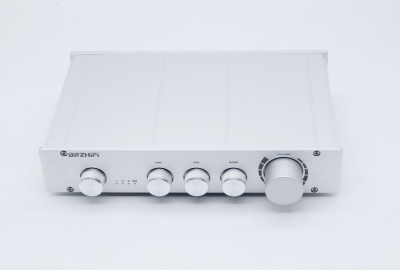
Price: BDT-17,000.00
Pre-Amplifier
(Ready Stock)
Model No#PA-10
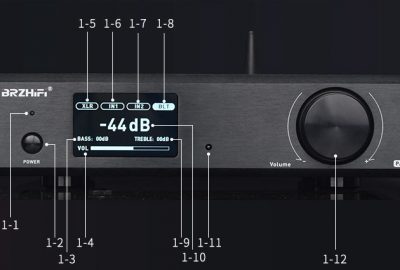
Price: BDT-30,500.00
Class AB Integrated Amplifier
(Ready Stock)
Model No#PAM-8007

Price: BDT-25,000.00
Power Amplifier
(Ready Stock)
Model#PA-A100
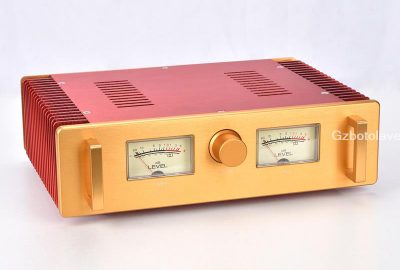
Price: BDT-30,000.00
Power Amplifier
(Ready Stock)
Model no#QUAD-405
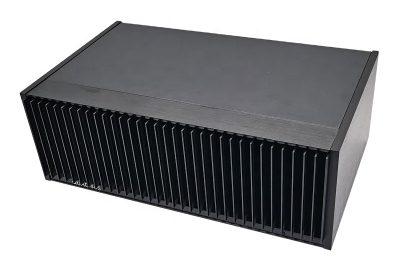
Price: BDT-45,000.00
Power Amplifier
(Ready Stock)
Model no#PA-933

Price: BDT-40,000.00
Power Amplifier
(Ready Stock)
Model No# Fosi Audio MC331

Price: BDT-17,000.00
Tube Integrated Hybrid Class D Amplifier
(Ready Stock)
Model No#PAD-3255-A

Price: BDT-13,000.00
Class D Amplifier
(Ready Stock)
Model No#PAP-L200
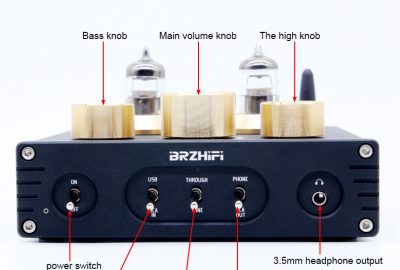
Price: BDT-9,000.00
Pre-Amplifier
(Sold Out)
Model No#PAD-DP1LY
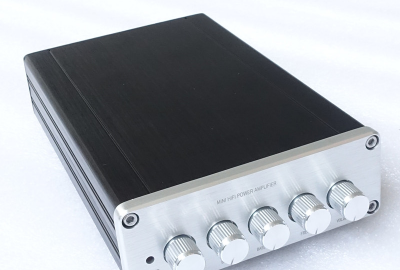
Price: BDT-8,000.00
Class D Amplifier
(Ready Stock)
Model No#PAT-407
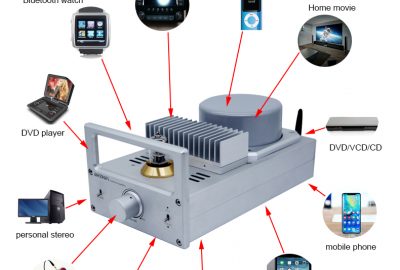
Price: BDT-18,000.00
Tube Amplifier
(Ready Stock)
Model No#PAP-F5

Price: BDT-7,500.00
Pre-Amplifier
(Ready Stock)
Model No#PAM-4196-LY
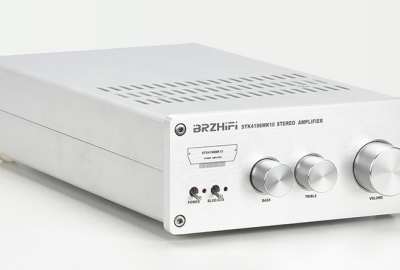
Price: BDT-20,000.00
Class AB Integrated Amplifier
(Ready Stock)
Model no#PAM-443-LY
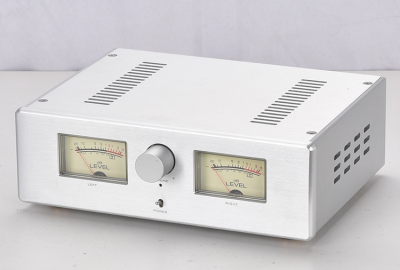
Price: BDT-25,000.00
Power Amplifier
(Ready Stock)
Model no#PAM-312H24

Price: BDT-21,500.00
Power Amplifier
(Ready Stock)
Model no#PA-JC3

Price: BDT-60,000.00
Power Amplifier
(Sold Out)
Model no#PAD-PM-02
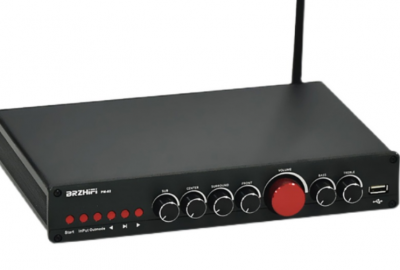
Price: BDT-18,000.00
Class D Amplifier
(Ready Stock)
Model No#PA-BA1-LY

Price: BDT-30,000.00
Class AB Integrated Amplifier
(Ready Stock)
Model No#PA-2020/1969
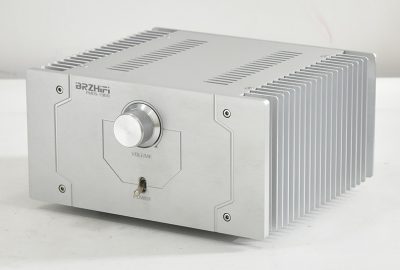
Price:BDT-30,000.00
Power Amplifier
(Ready Stock)
Model No#PA-1969A

Price: BDT-25,000.00
Power Amplifier
(Ready Stock)
Model No#PA-1342-LY
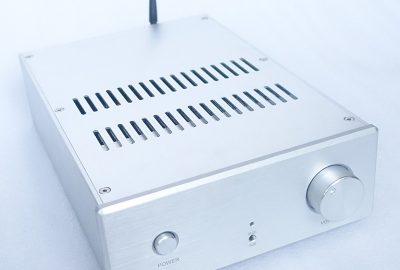
Price: BDT-22,000.00
Power Amplifier
(Sold Out)
Model No#PA-404
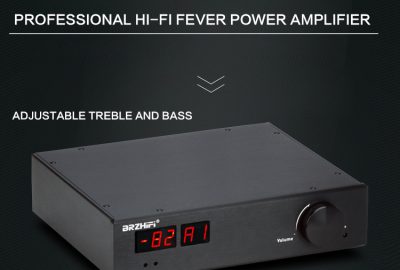
Price: BDT-18,500.00
Power Amplifier
(Sold Out)
Model No#PA-300A-ZK
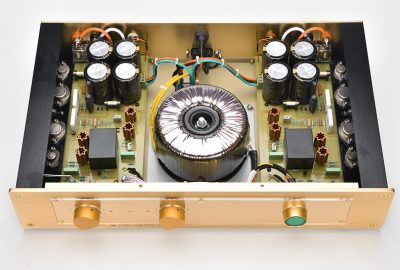
Price: BDT-50,000.00
Power Amplifier
(Sold Out)
Model#PA-T300
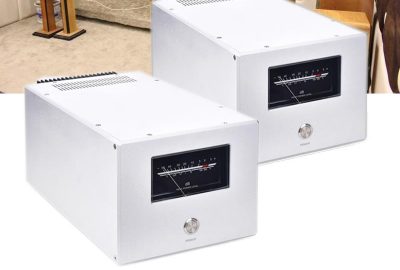
Price: BDT-1,35,000.00
Power Amplifier
(Sold Out)
Model#PAT-A40
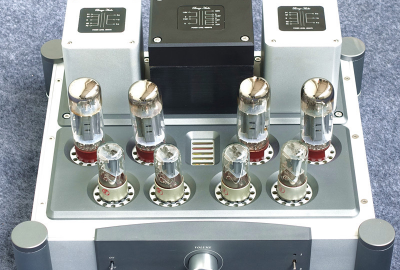
Price: BDT-95,000.00
Tube Amplifier
(Sold Out)
Model#PA-RSDX108-4

Price: BDT-1,20,000.00
Power Amplifier
(Ready Stock)
Model#PA-A75S

Price: BDT-2,20,000.00
Power-Amplifier
(Ready Stock)
Model#PAM-STK426

Price: BDT-25,000.00
Power Amplifier
(Sold Out)
Model#PA-MC752
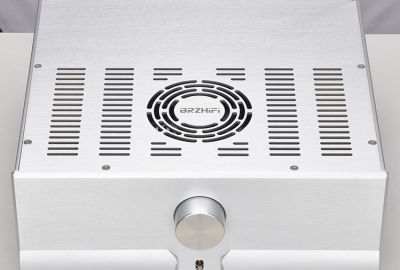
Price: BDT-75,000.00
Power Amplifier
(Ready Stock)
Model#PA-MC50
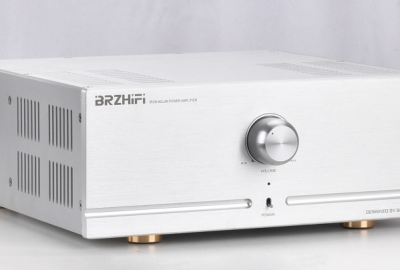
Price: BDT-45,000.00
Power Amplifier
(Sold Out)
Model#PA-A4

Price: BDT-35,000.00
Power Amplifier
(Sold Out)
Model#PA-A60S-1

Price: BDT-1,35,000.00
Power Amplifier
(Sold Out)
Model#PA-M2LY

Price: BDT-27,000.00
Power Amplifier
(Ready Stock)
Model#PAT-A80

Price: BDT-1,15,000.00
Tube Amplifier
(Ready Stock)
Model#PA-GF-200/P

Price: BDT-1,40,000.00
Power Amplifier
(Ready Stock)
Model# PA-GF-200
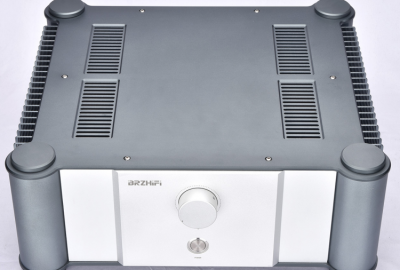
Price: BDT-1,25,000.00
Power Amplifier
(Ready Stock)
Model#PA-1969-24W

Price: BDT-45,000.00
Power Amplifier
(Ready Stock)
Model#PAT-A20
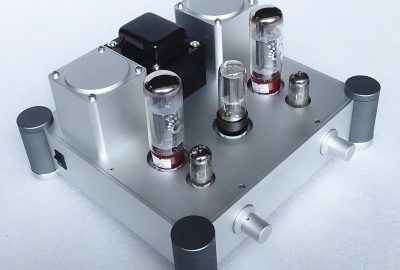
Price: BDT-38,500.00
Tube Amplifier
(Sold Out)
Model#PAT-A500-LY

Price: BDT-37,000.00
Tube Amplifier
(Ready Stock)
Model#PA-E360

Price: BDT-75,000.00
Power Amplifier
(Sold Out)
Model#PA-A65
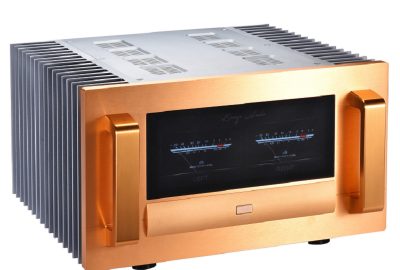
Price: BDT-3,75,000.00
Power Amplifier
(Pre Order Base)
Model#KSA-50
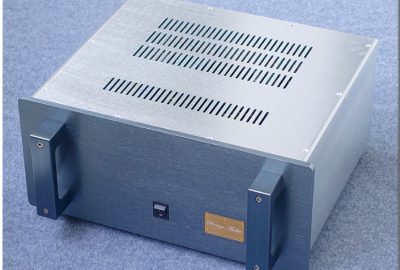
Price: BDT-1,80,000.00
Power Amplifier
(Sold Out)
Model#PAP-BP-26
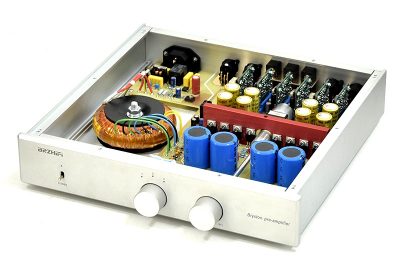
Price: BDT-35,000.00
Pre Amplifier
(Sold Out)
Model#PAP-6010A-1
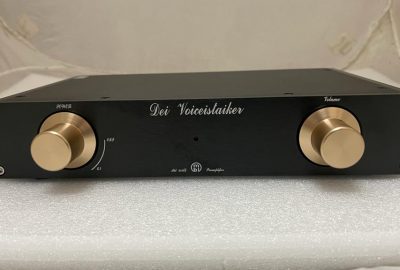
Price: BDT-16,000.00
Pre Amplifier
(Ready Stock)
Model#PA-FM711-1
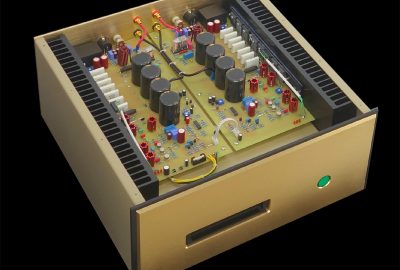
Price: BDT-2,20,000.00
Power Amplifier
(Sold Out)
Model#PAT-FU29A200
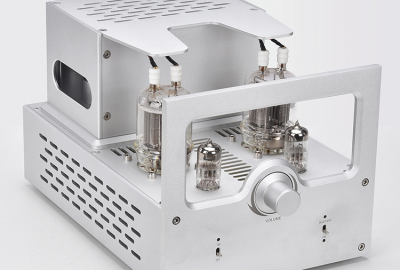
Price: BDT-50,500.00
Tube Amplifier
(Sold Out)
Model#PAP-155

Price: BDT-25,000.00
Pre-Amplifier
(Sold Out)
Model No#PAD-FM711F
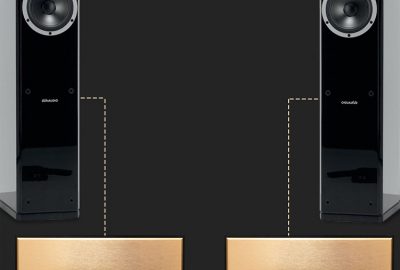
Price: BDT-2,80,000.00
Power Amplifier
(Sold Out )
Model No#PAD-X21
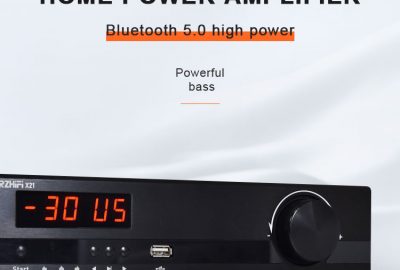
Price: BDT-22,500.00
Class D Amplifier
(Ready Stock)
Model No#PAP-QUAD34
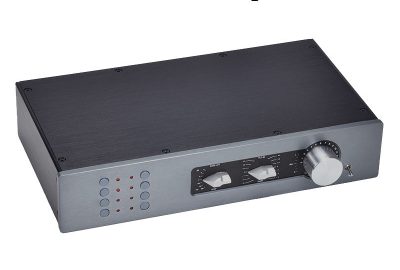
Price: BDT-18,000.00
Pre-Amplifier
(Sold Out)
Model No#PA-300A-HJ
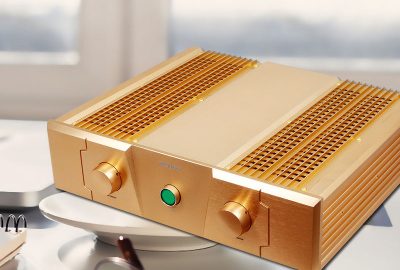
Price – BDT.80,000.00
Power Amplifier
(Ready Stock)
Model No#PAT-FU32
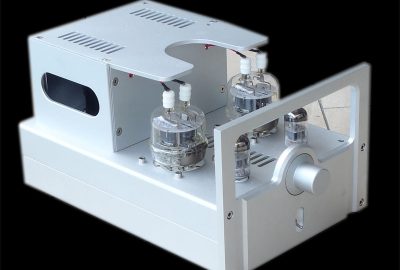
Price – BDT.35,000.00
Tube Amplifier
(Ready Stock)
Model No# PAD-C70
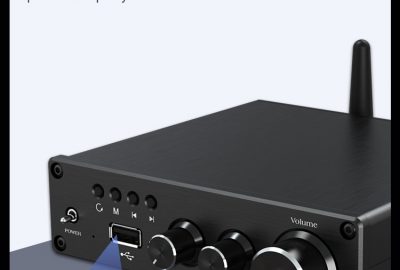
Price: BDT-7,500.00
Class D Amplifier
(Ready Stock)
Model No#PAD-MINI-1

Price: BDT-5,500.00
Class D Amplifier
(Sold Out)
Model No#PAD-3116BASS
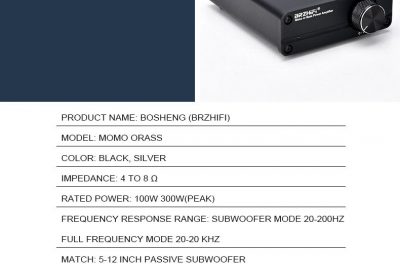
Price: BDT-5,000.00
Class D Amplifier
(Ready Stock)
Model No: PAP-255-1

Price: BDT-45,000.00
Pre-Amplifier
(Sold Out)
Model No: PAD-X10
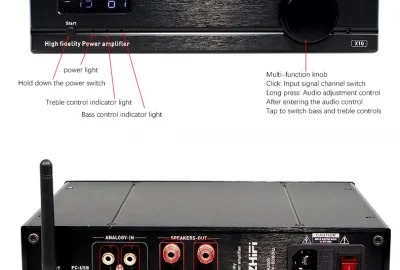
Price: BDT-19,000.00
Class D Amplifier
(Ready Stock)
Model No: PA-A6

Price: BDT-35,000.00
Power-Amplifier
(Ready Stock)
Model No: PAP-JP200

Price: BDT-45,000.00
Pre Amplifier
(Ready Stock)
Model No: PAP-3850P-1

Price: BDT-25,000.00
Pre-Amplifier
(Ready Stock)
Model No: PAP-6010B-1
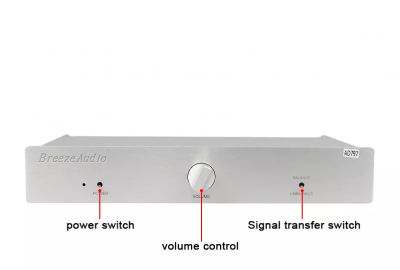
Price: BDT-25,000.00
Pre Amplifier
(Ready Stock)
Model No: S02-KLM

Price: BDT-44,000.00
Phono MM/MC
(Sold Out)
Model No: FX-D502BT
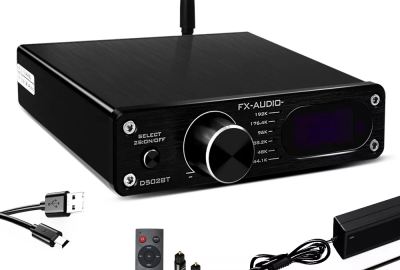
Price: BDT-14,500.00
Class D Amplifier
(Sold Out)
Model No: PAD-3255X2
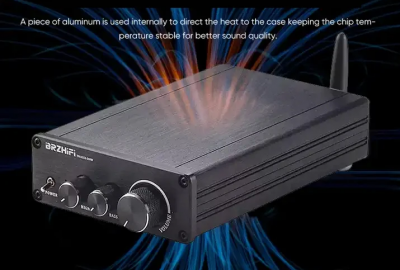
Price: BDT-12,500.00
Class D Amplifier
(Ready Stock)
Model No: FX-502EL
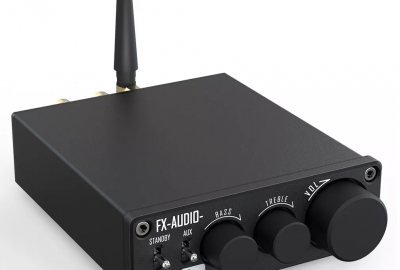
Price: BDT-6,500.00
Class D Amplifier
(Ready Stock)
Model No: Muse-02 Pro
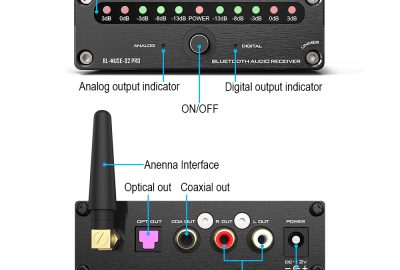
Price: BDT-8,000.00
Bluetooth Receiver
(Sold Out)
Model No: BOX02
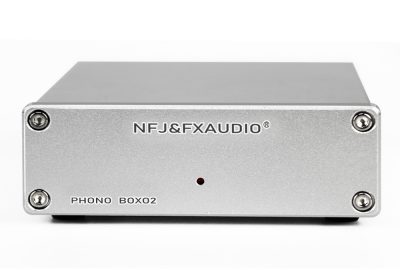
Price: BDT-7,500.00
Phono Pre Amplifier
(Ready Stock)
Model No: PA-BA3-1000W
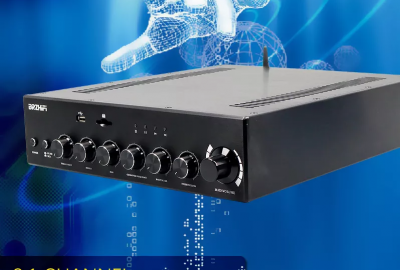
Price: BDT-45,000.00
Class AB Integrated Amplifier
(Sold Out)
Model No: PA-ML-09
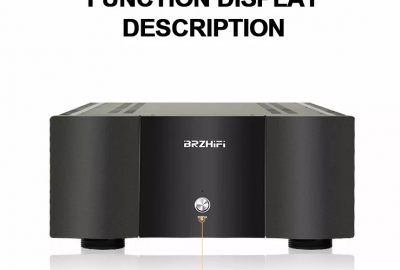
Price: BDT-1,25,000.00
Power Amplifier
(Sold Out)
Model No: PAP-GOLDMUN27
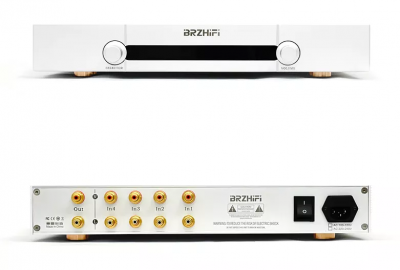
Price: BDT-50,000.00
Pre Amplifier
(Ready Stock)
Model No: PAP-6010Y-1
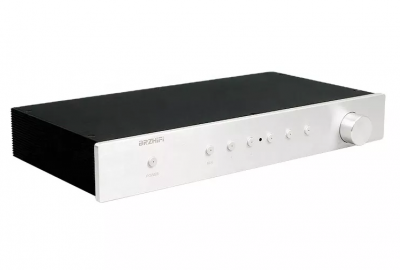
Price: BDT-48,000.00
Pre Amplifier
(Ready Stock)
Model No: PAP-F3Y-2

Price: BDT-10,000.00
Pre Amplifier
(Ready Stock)
Model No: PA-4234L

Price: BDT-28,000.00
Power Amplifier
(Sold Out)
Model No: VOL-03

Price: BDT-10,000.00
Input Selector & BT
(Sold Out)
Model No: TUBE-06

Price: BDT-10,000.00
Pre Amplifier
(Ready Stock)
Model No: PAD-3255XLR

Price: BDT-18,500.00
Class D Amplifier
(Ready Stock)
Model No: PA-OF2
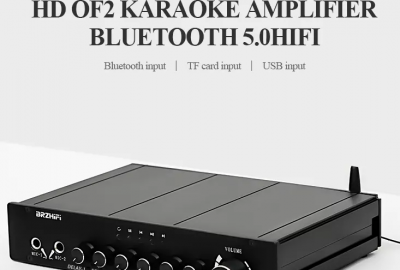
Price: BDT-18,000.00
Class D Amplifier
(Ready Stock)
Model No: PAT-A20B
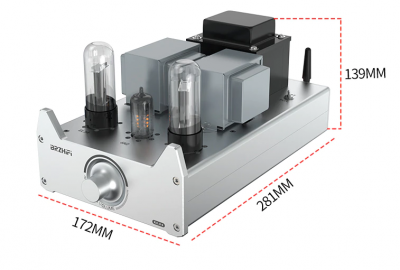
Price: BDT-30,000.00
TUBE Amplifier
(Sold Out)
Model No: PAP-C-245

Price: BDT-55,000.00
Pre Amplifier
(Ready Stock)
Model#PAT-6A2

Price: BDT-7,500.00
Tube Amplifier
(Ready Stock)
Model No: APL-120

Price: BDT-38,000.00
Power Amplifier
(Ready Stock)
Model No: AP4234 MKII
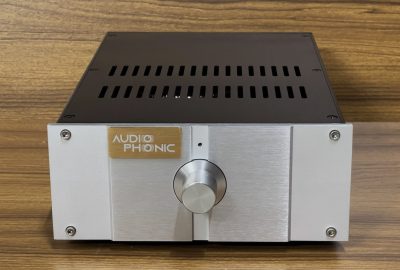
Price: BDT-26,000.00
Power Amplifier
(Ready Stock)
Model No: AP417-130
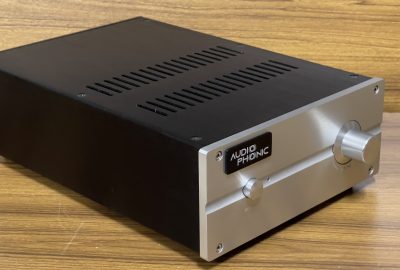
Price: BDT-25,000.00
Power Amplifier
(Ready Stock)
Model No: AP412-530
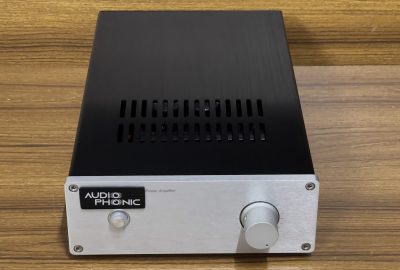
Price: BDT-22,000.00
Power Amplifier
(Ready Stock)
Model No: PAD-X30Y

Price: BDT-18,000.00
Class D Amplifier
(Ready Stock)
Model No#PAD-100
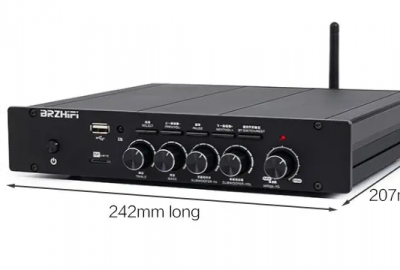
Price: BDT-20,000.00
Class D Amplifier
(Ready Stock)
Model No# Fosi Audio TB10D
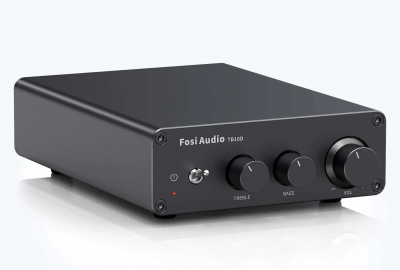
Price: BDT-10,500.00
Class D Amplifier
(Ready Stock)
Model No# PAD-M7

Price: BDT-14,000.00
Class D Amplifier
(Ready Stock)
Model No# PAD-A600Y
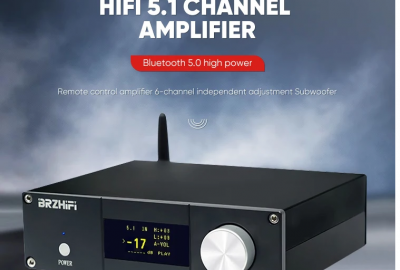
Price: BDT-12,000.00
Class D Amplifier
(Ready Stock)
Model No: PAD-X20

Price: BDT-20,000.00
Class D Amplifier
(Ready Stock)
Model No: PA-50

Price: BDT-22,000.00
Class AB Integrated Amplifier
(Ready Stock)
Model No#PA-SK18752-4

Price: BDT-35,000.00
Power Amplifier
(Ready Stock)
Model No: FX502SPROBT
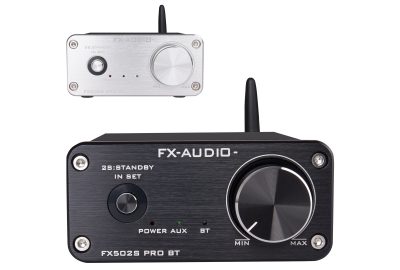
Price: BDT-10,500.00
Class D Amplifier
(Ready Stock)
Model No# CL-600B

Price: BDT-15,500.00
Class D Amplifier
(Ready Stock)
Model no#PA-933-2

Price: BDT-46,000.00
Power Amplifier
(Sold Out)
Model No: FX-L07

Price: BDT-18,000.00
Class D Amplifier
(Ready Stock)
Model No: Fosi Audio BT20A Pro

Price: BDT-13,500.00
Class D Amplifier
(Ready Stock)
Model No: Fosi Audio ZA3

Price: BDT-20,500.00
Class D Amplifier
(Ready Stock)
Model No: Fosi Audio V3

Price: BDT-16,500.00
Class D Amplifier
(Ready Stock)
Model No: Fosi Audio BT30D Pro
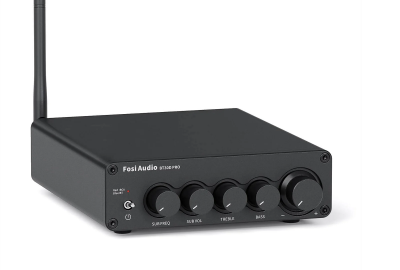
Price: BDT-16,500.00
Class D Amplifier
(Ready Stock)
Model No: Fosi Audio P3
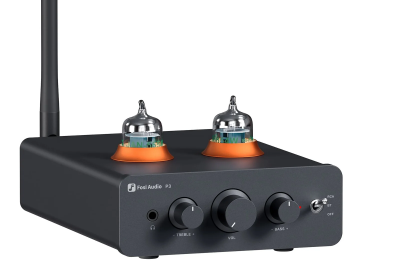
Price: BDT-11,500.00
Class D Amplifier
(Ready Stock)
Model No: Fosi Audio ZD3

Price: BDT-22,500.00
Class D Amplifier
(Ready Stock)
Model No: Fosi Audio MC351

Price: BDT-28,000.00
Class D Amplifier
(Ready Stock)
Model No: Fosi Audio V3 Mono
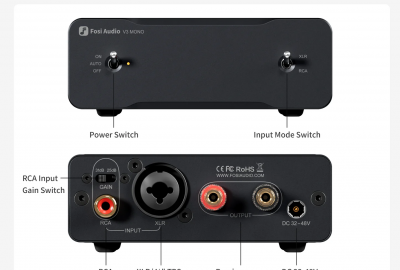
Price: BDT-36,000.00
Dual Mono Class D Amplifier
(Ready Stock)
Model No: Fosi Audio HT4S

Price: BDT-18,000.00
Class D Amplifier
(Ready Stock)
Model No: Fosi Audio GR40

Price: BDT-15,000.00
Tube DAC
(Ready Stock)
Model No: AP-CH460
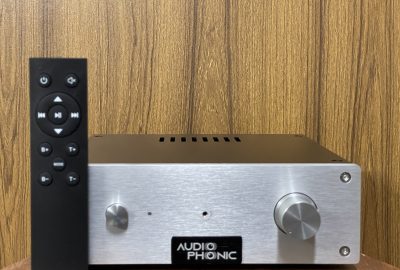
Price: BDT-22,000.00
Class D Amplifier
(Ready Stock)
Model No: PA-A1S
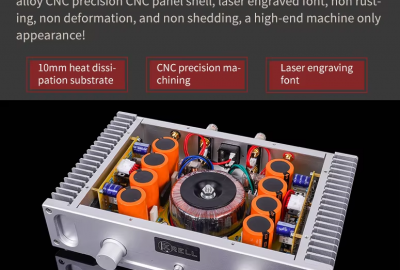
Price: BDT-27,000.00
Power-Amplifier
(Ready Stock)
Model#PA-FM111

Price: BDT-2,30,000.00
Power Amplifier
(Out Of Stock)
Model# SUPAMP-3886
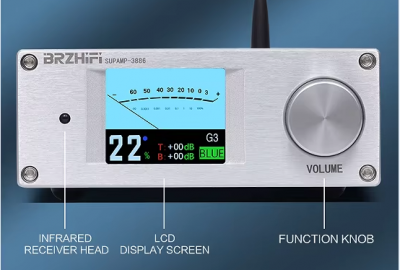
Price: BDT-18,000.00
Power Amplifier
(Sold Out)
Model No: Douk Audio NS-13G-Max

Price: BDT-15,000.00
Class D Amplifier
(Ready Stock)
Model No: Nobsound M5.1
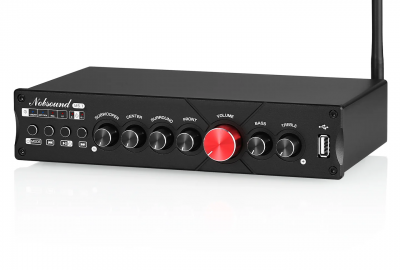
Price: BDT-18,000.00
Class D Amplifier
(Ready Stock)
Model No: Douk Audio A100

Price: BDT-18,000.00
Class D Amplifier
(Ready Stock)
Model No: Douk Audio T6PRO

Price: BDT-23,000.00
Class D Amplifier
(Ready Stock)
Model No: Nobsound EQ9

Price: BDT-10,000.00
9 Band Equalizer
(Ready Stock)
Model No: Douk Audio VU3PRO

Price: BDT-19,500.00
2/2 Amplifier/Speaker Switcher
(Ready Stock)
Model No: Douk Audio VU56PRO
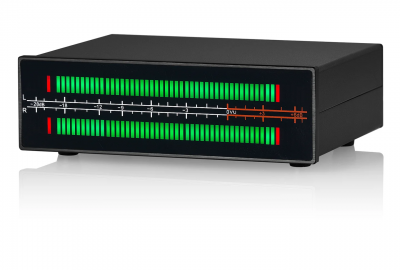
Price: BDT-10,000.00
Visual Spectrum Analyzer
(Ready Stock)
Model No: Little Bear MC3

Price: BDT-9,000.00
Audio Signal Selector
(Ready Stock)
Model No: Douk Audio A5 PRO
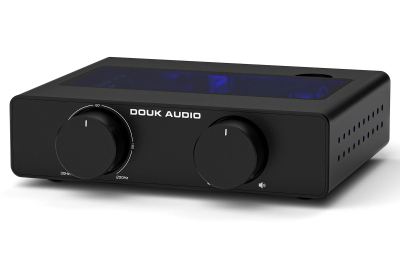
Price: BDT-17,500.00
Class D Amplifier
(Ready Stock)
Model No: Douk Audio A5
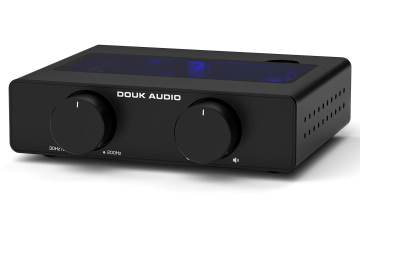
Price: BDT-16,500.00
Class D Amplifier
(Ready Stock)
Model No: Ampapa A1

Price: BDT-15,000.00
Tube Pre-Amplifier
(Ready Stock)
Model No: TL-JX600-8
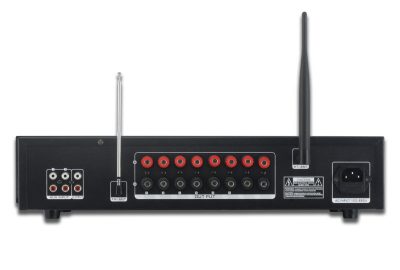
Price: BDT-30,000.00
Multi Channel PA Amplifier
(Ready Stock)
Model No: TL-JX600-100
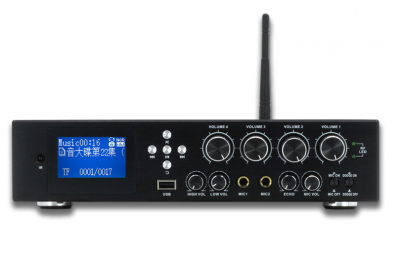
Price: BDT-20,000.00
Multi Channel PA Amplifier
(Ready Stock)
Model No: TL-601A
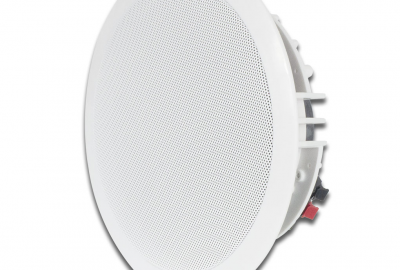
Price: BDT-3,000.00
PA Speaker 4 Ohms/8 Ohms/70V/100V
(Ready Stock)
Audio Amplifier Price in Bangladesh
Amplifier prices in Bangladesh can vary widely depending on the type, brand, and features. Entry-level power amplifiers or class D amplifiers may start at a more budget-friendly range, while high-end tube amplifiers and audiophile-grade pre-amps can be more expensive. It’s essential to consider your specific audio needs and budget when selecting an amplifier for your setup.
You can find a wide range of amplifier options in local electronics stores or explore online marketplaces to compare prices and read reviews from other users.
Amplifiers are critical components in audio systems, responsible for boosting the strength of your audio signals. I want to tell you about different types of amplifiers, including power amplifiers, tube amplifiers, class D amplifiers, and pre-amplifiers.
1. Power Amplifier:
Power amplifiers are the backbone of any audio setup, as they provide the necessary wattage to drive speakers effectively. These amplifiers are designed to take a weak audio signal and increase its power to deliver a clean and loud sound. Power amplifiers are available in various configurations, including stereo and mono, and their performance is often measured in terms of wattage output. When choosing a power amplifier, consider factors such as power output, impedance matching, and compatibility with your speakers to ensure optimal performance.
2. Tube Amplifier:
Tube amplifiers, also known as valve amplifiers, offer a vintage and warm sound that many audiophiles find captivating. They use vacuum tubes to amplify audio signals, providing a characteristic distortion that’s often desired for specific musical genres. Tube amplifiers are popular among enthusiasts who appreciate the nostalgic appeal of analog technology. While they may be less efficient and generate more heat than solid-state amplifiers, their unique sonic characteristics make them a favorite among musicians and audio purists.
3. Class D Amplifier:
Class D amplifiers, on the other hand, are known for their efficiency and compact size. They utilize digital switching technology to deliver audio amplification, making them an excellent choice for applications where space and power efficiency are crucial. Class D amplifiers are widely used in portable audio devices, home theater systems, and automotive sound systems. They offer excellent power efficiency, producing minimal heat and conserving energy without sacrificing sound quality.
4. Pre-Amplifier:
Pre-amplifiers, also known as preamps, are responsible for fine-tuning and adjusting audio signals before they reach the power amplifier stage. They control input sources, provide tone control, and often include features like phono stages for vinyl enthusiasts. A high-quality preamp can significantly influence the overall sound quality of your audio system. They are often used in conjunction with power amplifiers and serve as an intermediary between audio sources like turntables, CD players, and the main amplifier.
Here are some frequently asked questions (FAQ) about amplifiers:
1. What is an amplifier?
Ans: An amplifier is an electronic device that increases the strength or amplitude of an audio signal. It takes a weak input signal and produces a more powerful output signal.
2. Why do I need an amplifier?
Ans: Amplifiers are used to make audio signals louder, allowing them to drive speakers or headphones effectively. They are essential for sound reinforcement in various applications, from music playback to public address systems.
3. What types of amplifiers are there?
Ans: There are several types of amplifiers, including power amplifiers, pre-amplifiers, integrated amplifiers, tube amplifiers, and class D amplifiers. Each type has its unique characteristics and applications.
4. What is the difference between a pre-amplifier and a power amplifier?
Ans: A pre-amplifier, or preamp, is responsible for processing and adjusting the input signal. It provides features like volume control and tone adjustments. A power amplifier, on the other hand, amplifies the pre-amplified signal to a level suitable for driving speakers or headphones.
5. What are the advantages of a tube amplifier?
Ans: Tube amplifiers are known for their warm and vintage sound characteristics. They produce a distinctive form of harmonic distortion that many audiophiles find appealing for certain types of music. They are often chosen for their unique sonic qualities and aesthetics.
6. What are the advantages of a class D amplifier?
Ans: Class D amplifiers are highly efficient, generating minimal heat and conserving power. They are compact and suitable for applications where space and power efficiency are critical, such as portable devices and automotive audio systems.
7. How do I choose the right amplifier for my speakers?
Ans: When choosing an amplifier, consider factors like the power output, impedance matching, and compatibility with your speakers. Matching the amplifier’s power output to the speakers’ recommended power handling is essential to ensure optimal performance and prevent damage.
8. Are amplifier prices related to quality?
Ans: While price can be an indicator of quality, it’s not the sole determinant. High-quality amplifiers can be found across a range of price points. Consider the features, specifications, and brand reputation when evaluating an amplifier’s quality.
9. How do I maintain and care for my amplifier?
Ans: To maintain your amplifier, keep it in a clean and well-ventilated environment to prevent overheating. Regularly check and clean the connectors and controls to prevent dust and debris buildup. Follow the manufacturer’s recommendations for maintenance and servicing.
10. Can I connect multiple amplifiers to my audio system?
Ans: Yes, it’s possible to connect multiple amplifiers to your audio system, either for bi-amping or multi-room setups. However, proper configuration and integration are crucial to avoid issues like impedance mismatch or signal interference.